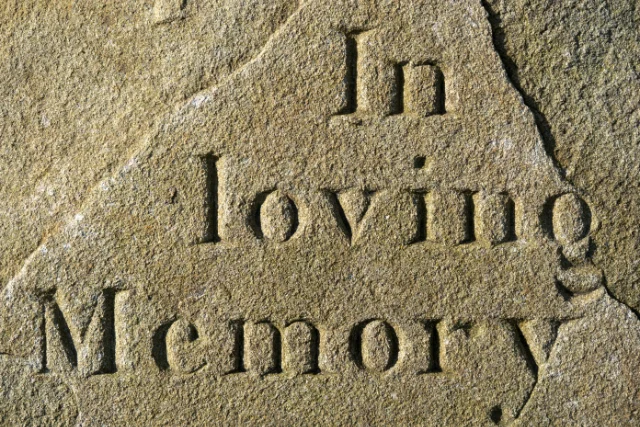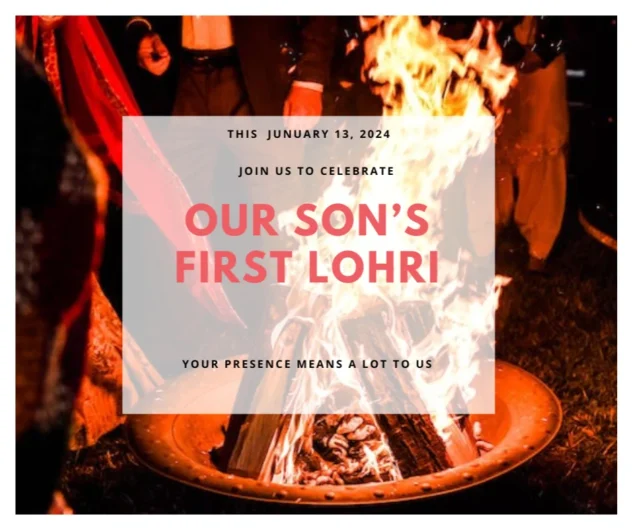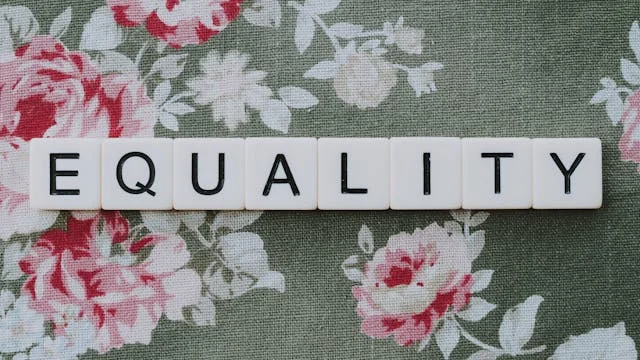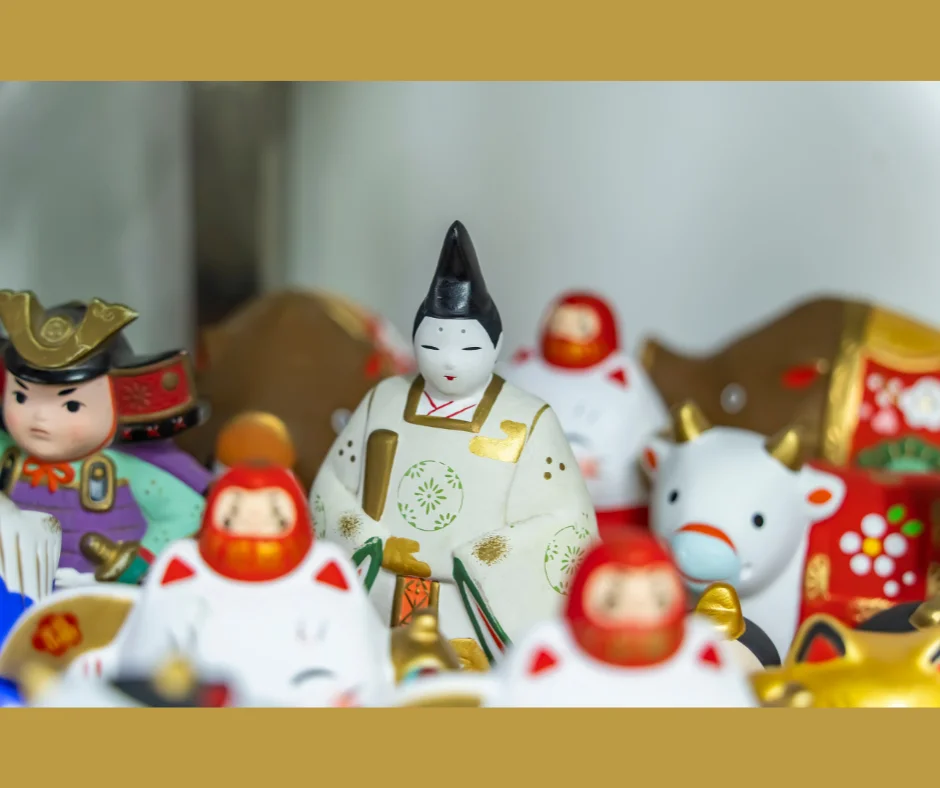As an Amazon Associate, I earn from qualifying purchases. This post may contain affiliate links. If you make a purchase through these links, we may earn a commission at no additional cost to you. Please read our full disclosure here.
Setsubun, a captivating and culturally rich festival, holds a special place in the heart of Japan, symbolizing the transition from winter to spring. Celebrated annually on either February 3rd or 4th, Setsubun marks the eve before the beginning of a new season, signifying the end of winter’s chill and the anticipation of warmer days ahead.
The term “Setsubun” translates to “seasonal division” in Japanese, emphasizing the festival’s significance in the changing cycles of nature. This traditional event is deeply rooted in Japanese customs and beliefs, embodying the spirit of purification, renewal, and the warding off of evil forces.
As families and communities come together to participate in various customs, such as the spirited ritual of mamemaki (bean throwing) and the preparation of auspicious foods like ehomaki (lucky direction sushi rolls), Setsubun becomes a time of joy and reflection. The festival not only honors ancient traditions but also serves as a bridge between generations, fostering a sense of unity and shared cultural identity.
Setsubun Temporal Celebrations
As Setsubun unfolds across Japan, the celebration seamlessly blends ancient customs with vibrant contemporary practices, creating a dynamic tapestry that engages people of all ages. In various locations, the day is marked by a series of spirited events, bringing to life the rich traditions of Setsubun while embracing the spirit of the present.
Mamemaki: Bean Throwing

One of the most iconic traditions of Setsubun is the lively and animated ritual of mamemaki, or bean throwing. During this spirited activity, roasted soybeans are joyously tossed into the air and, in some households, at family members donning masks or costumes representing evil spirits. The enthusiastic act of bean throwing is believed to drive away misfortune, cleanse the home of negative energies, and invite good luck and prosperity into the coming season.
The origins of mamemaki can be traced back centuries, rooted in the belief that beans possess purifying qualities. The act of casting beans symbolizes the expulsion of evil spirits and the arrival of positive energy, creating an exhilarating and communal experience for participants.
Sardines in Setsubun: A Unique Tradition
In certain regions of Japan, Setsubun celebrations take a distinctive turn with the inclusion of Sardines. The ‘Hiiragi iwashi’ or ‘holly twigs and sardine’ involves grilling sardine heads skewered on holly twigs, creating ornaments hung outside homes at the front door. In Western Japan, this is also referred to as ‘yaikogashi’ or ‘grilled stink.’
After the Mamemaki ritual is complete, it becomes crucial to prevent the return of demons symbolizing illness and poverty to the house. According to folklore, the scent and smoke from the grilled sardines, combined with the thorns of the holly leaves, act as deterrents, preventing demons from passing through the gate and piercing their eyes. Some regions follow a different approach, enticing demons with the aroma of grilled sardines and then attacking them with holly thorns.
Temple Ceremonies: Time Honored Rituals
Setsubun temple ceremonies are at the heart of the day’s celebrations. These events often commence with traditional rituals, including prayers, blessings, and the iconic mamemaki. Attendees, from locals to tourists, gather to partake in the spirited bean-throwing festivities, symbolizing the casting away of negativity and inviting good fortune.
Community Gatherings: Unity in Action

Communities across Japan come together for Setsubun festivals, creating a lively and communal atmosphere. Local shrines may organize parades, performances, or markets where residents actively participate in mamemaki and enjoy traditional Setsubun foods. The celebration becomes a shared experience, fostering a sense of unity and cultural pride.
Celebrity Involvement: Adding a Modern Flair
In some regions, Setsubun celebrations embrace a contemporary twist with the involvement of celebrities. Public figures join the festivities, contributing to the festive ambiance and attracting larger crowds. Their participation often includes leading mamemaki sessions, sharing personal reflections on Setsubun, and adding a touch of modernity to the traditional celebrations.
Home Traditions: Personalized Celebrations
Setsubun is not confined to public events; it extends into the home. Families engage in their own rituals, from conducting mamemaki in the garden to enjoying a special Setsubun meal together. Traditional decorations, masks, and lucky charms are incorporated into homes, creating a personalized celebration that resonates with the cultural significance of the day.
Setsubun Foods and Recipes
No celebration is complete without a feast that tantalizes the taste buds and carries the essence of tradition. In Setsubun, culinary delights play a significant role, with each dish steeped in symbolism and cultural meaning.
Ehomaki: Lucky Direction Sushi Rolls

A culinary star of Setsubun is the ehomaki, a unique type of sushi roll believed to bring good fortune. Ehomaki is not your typical bite-sized sushi; it’s a long, uncut roll packed with an assortment of fresh ingredients. What makes ehomaki distinctive is the custom of consuming the entire roll in silence while facing a specific auspicious direction determined by the year’s zodiac sign. This quiet consumption is thought to amplify the positive energy and blessings associated with the festival.
To experience the tradition of ehomaki at home, gather ingredients like sushi rice, nori (seaweed), and an array of fillings such as fresh vegetables, seafood, or tofu. Roll them into a tight cylinder, and relish the flavorful symbolism as you savor each bite.
Roasted Soybeans: A Symbol of Purification
Roasted soybeans, known as “fukumame” in Setsubun, hold a special place in the festivities. These humble beans are not just a snack; they are a symbol of purification and the driving away of evil spirits. During the mamemaki ritual, participants joyfully throw these beans to dispel negativity and invite positive energy.
To prepare roasted soybeans at home, start with dried soybeans. Soak them for at least 8 hours or overnight. After soaking, drain and cook the soybeans until tender. Once cooked, spread them on a baking sheet and roast in the oven until they turn golden brown, emitting a delightful aroma. A final touch of a pinch of salt adds flavor, and now your fukumame is ready to be tossed in celebration.
Bringing Setsubun to Your Table

To recreate the Setsubun experience in your own kitchen, consider organizing a DIY ehomaki assembly. Lay out an assortment of ingredients, invite friends or family to customize their rolls, and share in the joy of creating personalized symbols of good luck.
Roasted soybeans, beyond being tossed symbolically, can also serve as a wholesome snack during your Setsubun celebration. Package them in small, decorative bags for a thoughtful touch if you plan on sharing them with others.
By preparing and enjoying these Setsubun dishes at home, you not only savor the flavors of tradition but also partake in the shared heritage and cultural richness that Setsubun embodies.
Setsubun Attire: Dressing for the Festival
In the intricate mosaic of Setsubun traditions, attire plays a symbolic role, adding to the overall vibrancy of the festival. While there is no specific “Setsubun costume,” participants often choose clothing that aligns with the spirit of the occasion. Here are some considerations for Setsubun attire:
Traditional Garments

Embrace the cultural richness of Setsubun by donning traditional Japanese attire such as kimono or yukata. These elegant garments, often adorned with auspicious motifs, add a touch of authenticity to the celebration.
Masked Revelry

Participate in the lively mamemaki (bean throwing) ritual with a playful twist by incorporating masks into your attire. Oni (demon) masks are a popular choice, symbolizing the act of warding off evil spirits. You can also find masks featuring other whimsical characters to add a touch of fun to the festivities.
Auspicious Colors
Choose clothing in colors associated with good fortune and positive energy. Red, in particular, is considered an auspicious color in Japanese culture and is often worn during Setsubun to invite good luck and drive away negativity.
Ehomaki-Inspired Accessories

Incorporate accessories inspired by the ehomaki (lucky direction sushi rolls) into your attire. Consider wearing jewelry or hair accessories adorned with symbols like lucky charms, soybeans, or motifs representing the zodiac sign of the year.
Comfortable and Festive
Setsubun is a time of joy and celebration, so opt for comfortable clothing that allows you to fully engage in the festivities. While traditional garments add cultural flair, the key is to strike a balance between comfort and festive style.
Remember, there’s no strict dress code for Setsubun, and participants are free to express their creativity and personal style. Whether you choose traditional attire, playful masks, or simply opt for vibrant colors, your Setsubun attire contributes to the collective spirit of purification, renewal, and positive energy that defines this cherished festival.
DIY Decorations and Crafts
Enhancing the festive spirit of Setsubun is not only about traditional rituals and delectable foods but also the joy of creative expression through DIY decorations and crafts. Here are some delightful suggestions for adding a personalized and festive touch to your Setsubun celebrations:
Mask-Making Extravaganza
Craft colorful oni (demon) masks or create masks adorned with auspicious symbols. Encourage family members or friends to unleash their artistic talents and design masks that can be worn during the mamemaki (bean throwing) ritual.
Lucky Charm Garlands
String together sets of auspicious charms, small trinkets, or even miniature ehomaki rolls to create charming garlands. Hang these around your home to infuse every corner with positive energy and good fortune.
Fortune Scrolls (Fukumaki)
Craft your own fortune scrolls with positive messages and wishes for the coming year. Roll them up and tie them with colorful ribbons or traditional Japanese cords. Place these scrolls strategically around your home to attract blessings.
Setsubun Lanterns

Fashion lanterns out of paper or recycled materials, decorating them with symbols of Setsubun such as soybeans, oni faces, or zodiac animals. Illuminate your space with these homemade lanterns for a warm and inviting atmosphere.
Origami Ehomaki Creations
Engage in the art of origami by creating miniature ehomaki rolls using colored paper. These can be placed on tables, strung together as a garland, or even used as unique place cards for a Setsubun gathering.
Bean Themed Centerpieces
Incorporate roasted soybeans into your table centerpieces. Fill transparent vases or jars with soybeans and intersperse them with decorative elements like lucky charms or small seasonal flowers.
Setsubun Wreaths
Design festive wreaths by incorporating traditional Setsubun elements like soybeans, oni masks, or symbolic charms. Hang these on your doors to welcome guests with the spirit of purification and positivity.
DIY Ehomaki Station
Set up a creative station where guests can assemble their own mini ehomaki rolls. Provide a variety of ingredients and let everyone customize their rolls according to their preferences. It’s a fun and interactive way to involve everyone in the Setsubun traditions.
Gift-Giving in Setsubun
Setsubun, by its nature, is centered around symbolic actions and shared experiences more than material gifts. However, some families and communities have incorporated the tradition of gift giving into their Setsubun celebrations. It’s essential to note that this practice is not universal, and the level of emphasis on gift exchange can vary among individuals and regions.
The gesture of gift-giving during any celebratrion, adds a personal touch to the festivities. Here’s some Setsubun Gift Ideas to help you add a personal touch to the celebration.
Setsubun Themed Gifts

From Oni (demon) masks, soybean-inspired accessories, or lucky charm keychains can serve as delightful and symbolic presents. These gifts not only convey good wishes but also contribute to the visual allure of Setsubun.
Traditional Japanese Snacks

Mochi, senbei, or wagashi: these delectable treats can enhance the overall Setsubun experience and make for thoughtful gifts.
Lucky Charms and Talismans

Go for gifts that bring good fortune, such as lucky charms, talismans, or traditional Japanese amulets. These items carry cultural significance and convey wishes for prosperity and protection.
Setsubun Themed Decor
Could include banners, wall art, or tabletop decorations that align with the festival’s symbolism. Incorporating these decorative elements into gift-giving adds a festive touch to both the giver and the recipient.
Ehomaki Ingredients or Kits
Procure ingredients for crafting own lucky direction sushi rolls or dive into Setsubun celebrations with convenient DIY ehomaki kits. This gift will be a memorable and immersive experience.
In the rhythmic dance of Setsubun, where temporal celebrations bridge past and present, culinary delights tantalize the taste buds, and vibrant attires add a touch of tradition, the essence of this cherished festival comes alive. From the spirited mamemaki rituals to the flavorful ehomaki rolls, each tradition is a thread weaving a tapestry of unity, symbolism, and joy.
Setsubun is more than a date on the calendar; it’s an invitation to engage in the beauty of tradition, embrace the excitement of modernity, and weave our stories into the cultural fabric of this enchanting celebration.




